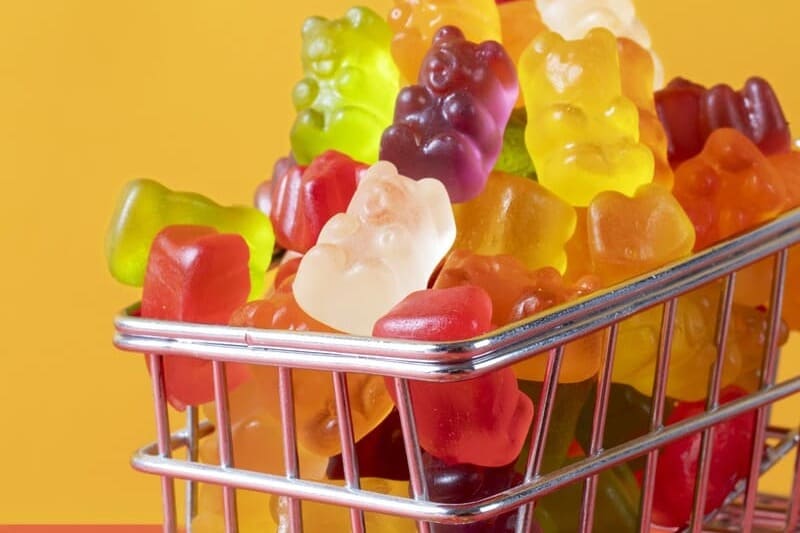Soft gelatine capsules, also called softgels, are a one-piece, hermetically sealing capsules with an outer shell made of gelatine, water and plasticizer (glycerine, sorbitol, …) in various mixtures which gives elasticity and softness to the walls. Coloring agents and opacifier are also used for consumer appeal and medicine identification.
Medium Bloom gelatines are preferred for elasticity and easiness to work on the rotary die machine due to the presence of the plasticizer.
In this technology, the encapsulation of the drugs or active compounds is made simultaneously with the formation of the capsule walls. The rotary die technology begins with the formation of two plasticized films called ribbons from gelatine mass preparation. Each ribbon passed over a die and sealed to the other ribbon at the point where the two rotary meet while filled. Capsules are dried (down to about 6% remaining water) in tumble dryer and tunnel dryer at about 20°C and about 25%RH. The drying represents a long and critical step in the process (from 1 day to 1 week).
The gelatines used for making soft capsules are of two different types either alkaline (Type B) or acid (Type A) with medium gel strength (medium Bloom). Both types may be used in combination or separately.
– Type B gelatines are limed bone gelatines, limed hide gelatine
– Type A gelatines are pig skin gelatine, acid hide gelatine and fish gelatine
A typical gel mass formula for making soft gelatine capsules would be:
– Gelatine 35-45%
– Plasticizer 15-25%
– Water ~40%
– Dye / Pigment as needed
– Opacifier as needed
– Other (flavour, sugar,) as needed
The gel mass is maturated for several hours in order to reach the viscosity and desired mechanical properties of the gel mass before entering the rotary die process.
The fillings are mainly oily pastes or liquids. PEG-based formulations fit hydrophilic drugs encapsulation, but they are more difficult to manufacture (drying, stability…).
Depending on intended use, softgels will contain one or several active substances for pharmaceutical applications, vitamins, and nutritional supplements and cosmetic applications.
The rotary die technology allow varying the shape of soft capsules: oblong, round, twist top, square, and in the case of bath pearl filled with bath oil, attractive shapes such as star or animals can be easily achieved.




